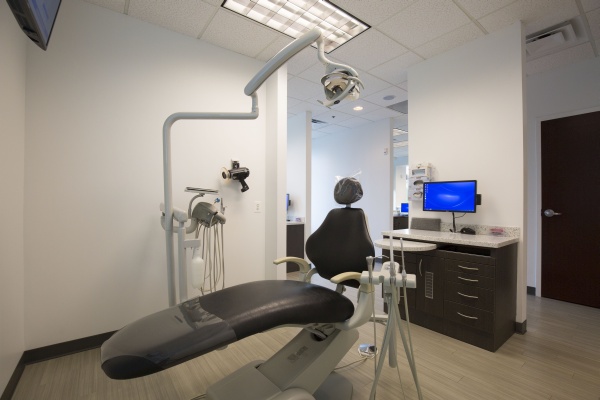How Does Sedation Dentistry Work?

You may have heard a lot about sedation dentistry recently. It is appealing to many patients, especially those who have fears about dental treatments. Visiting the dentist may not be the most exciting event in your life, but these appointments are important. You should not avoid seeing the dentist because you are worried about the pain you may feel during a procedure. Thanks to sedation methods, you can avoid these feelings altogether.
Sedation dentistry vs. traditional approaches
It is not uncommon for people to worry about the pain they may feel during a dental process. Traditionally, dentists will give the person a shot in the gum near the affected teeth to numb the area. This shot has a local anesthetic and is typical before the dentist fills a cavity, does a root canal, or places a crown. The shot itself can be uncomfortable, but the numbing effects should last well beyond the time of the procedure.
With sedation, the dentist can help the patient feel calm before even getting the anesthetic shot. It may be useful for longer restorative care such as implant placement. Younger patients may prefer it, as may people with certain anxiety disorders. The dentist can use a variety of methods to deliver the sedation.
Laughing gas
This has long been used to help patients relax and feel calmer during an invasive procedure. Many parents choose this for children who need a cavity filling or root canal. The dentist delivers the gas (nitrous oxide) through an apparatus placed on the patient’s nose. The patient breathes in the gas, and the effects can begin within less than a minute. The gas does not render the person asleep but can minimize discomfort.
IV sedation
Recently, dentists have begun using IVs as a form of sedation dentistry. The IV can deliver general anesthesia to the patient. This type may be a good option for people who need an involved oral surgery. Other intravenous sedations do not make the person unconscious. Still, this method makes the patient sleepy and possibly forgetful of the dental treatment or surgery.
Oral sedation
Patients can also elect to take a pill for their sedation dentistry option. The person will stay awake during the procedure, but the effects make the individual relaxed and unable to feel any pain. The dentist may give the patient a pill the night before the visit and an hour before. The patient may continue to feel drowsy for the next several hours after the dental appointment. Someone else should plan to drive the patient home.
Calming your nerves
If you are among the many patients who worry about pain and discomfort at the dentist’s office, try sedation dentistry. One of these three options could suit your needs and help you feel more at ease during your appointment. Talk to a dentist near you about which type of sedation makes the most sense for you. Do not put off an important treatment any longer because you have some fears or anxieties.
Request an appointment here: https://www.titandentalcare.com or call Titan Dental Care at (703) 745-3227 for an appointment in our Sterling office.
Check out what others are saying about our services on Yelp: Read our Yelp reviews.
Related Posts
It is important to adjust dentures when they cause concerns to help ensure the issues are resolved and to avoid more severe concerns and the need for denture replacement. Denture adjustments may be necessary when your dentures do not fit properly, experience minor damage, or are outdated and worn down.A denture adjustment involves minor improvements…
tooth fillings offer a simple approach with little to no pain. This dental restoration treatment has long been the standard for restoring and rebuilding teeth damaged by cavities, injury, or minor imperfections such as chips or cracks. When considering different dental restoration options, it is a good idea to get familiar with how each procedure…
An in-office professional dental cleaning is a crucial aspect of maintaining good oral health. While oral hygiene done at home is a great way to keep the teeth and gums healthy, it is important to see a general dentist on a regular basis for cleanings and examinations. Dental cleanings are simple, easy, and relatively painless,…
Choosing a general dentist to straighten your teeth is a great idea. General dentists are primary care dental providers, which means they understand everything there is to know about diagnosing, treating, and managing their patients' oral health. This type of dentist is the first dentist you would make an appointment with when experiencing any dental…


